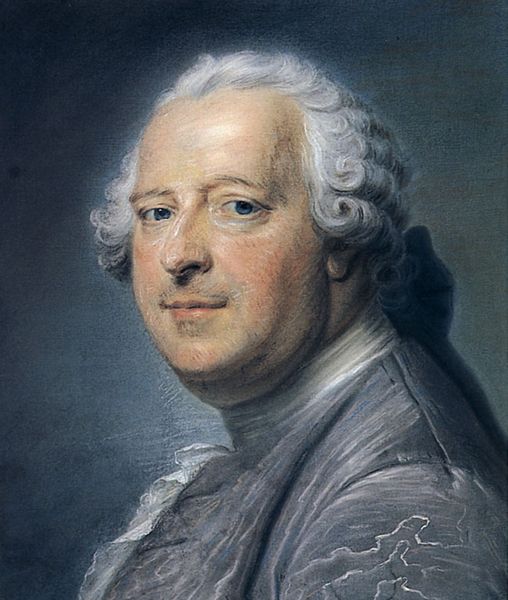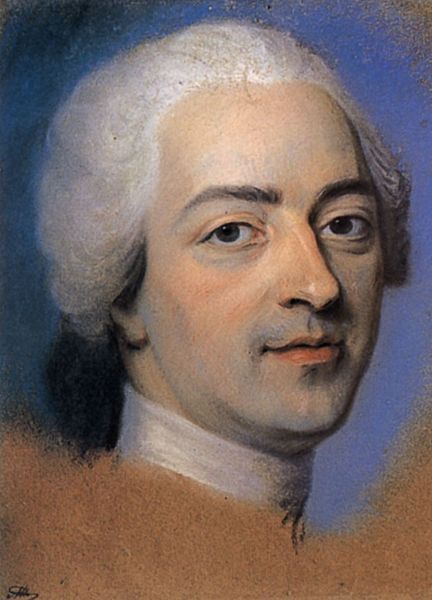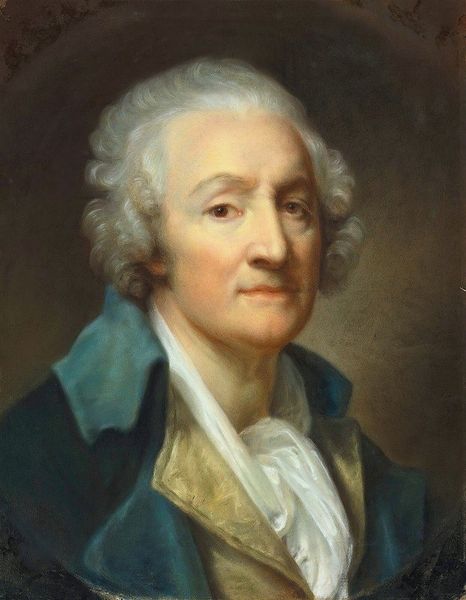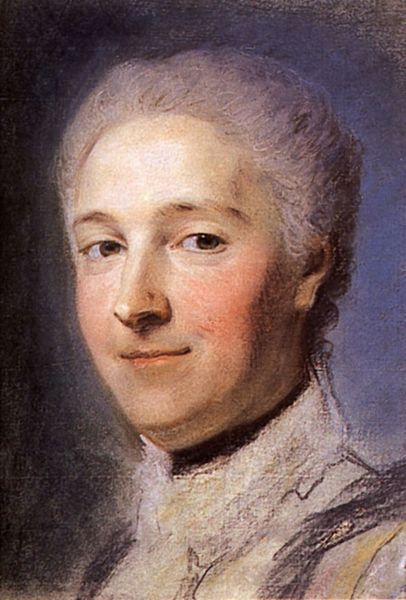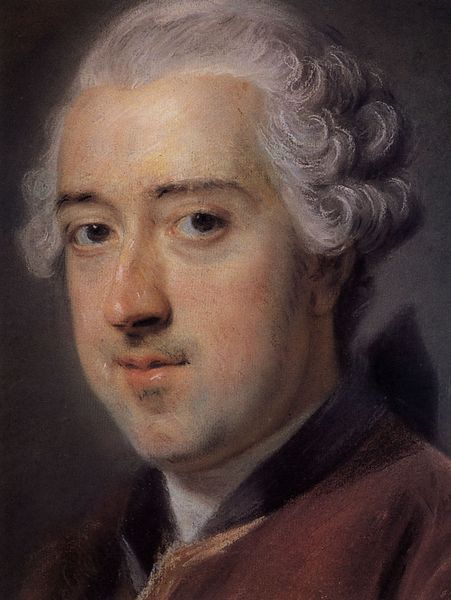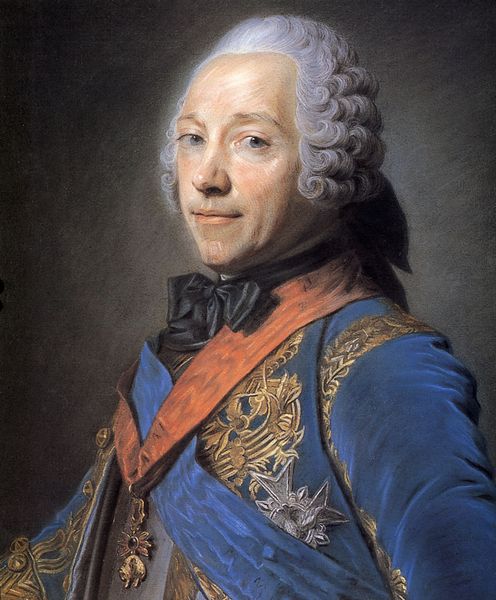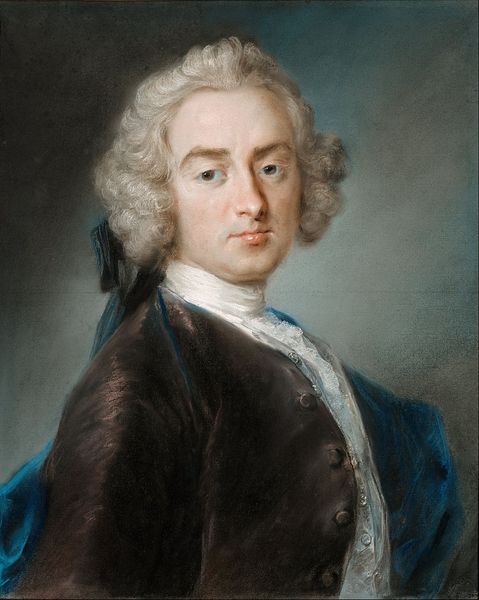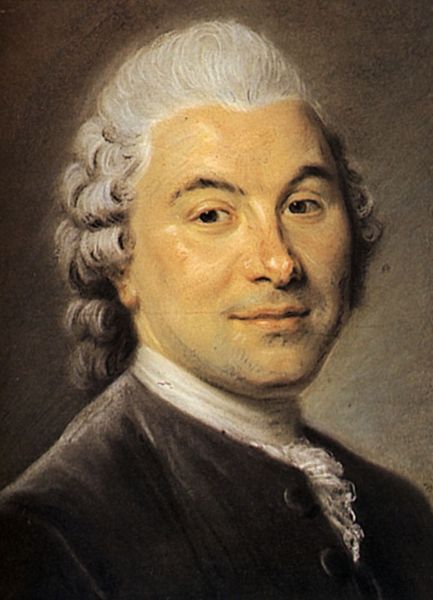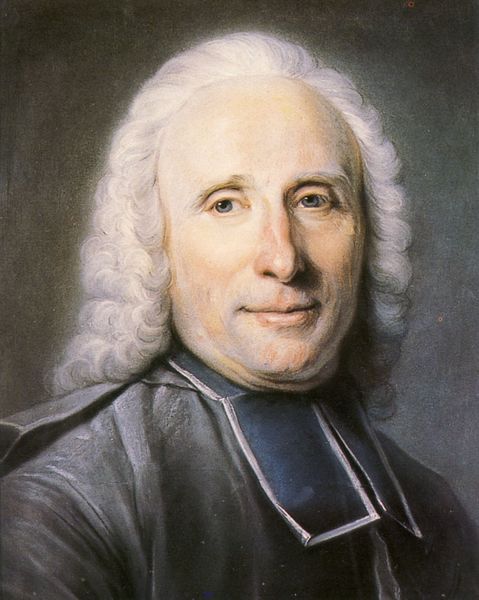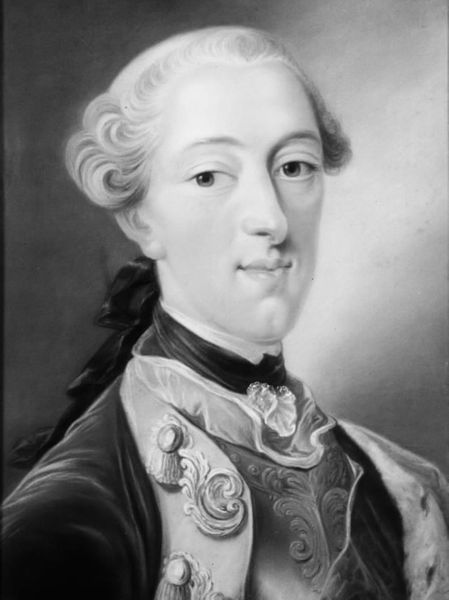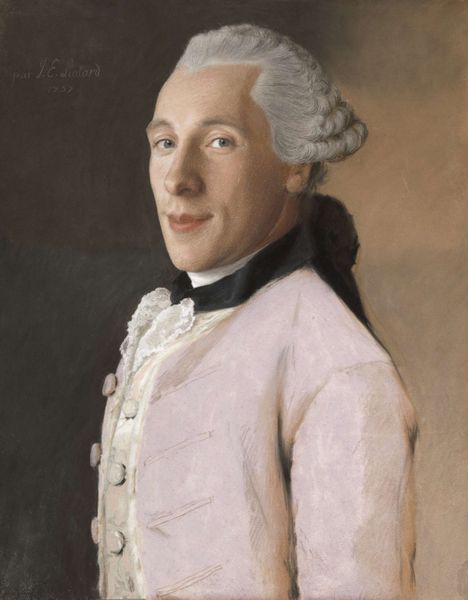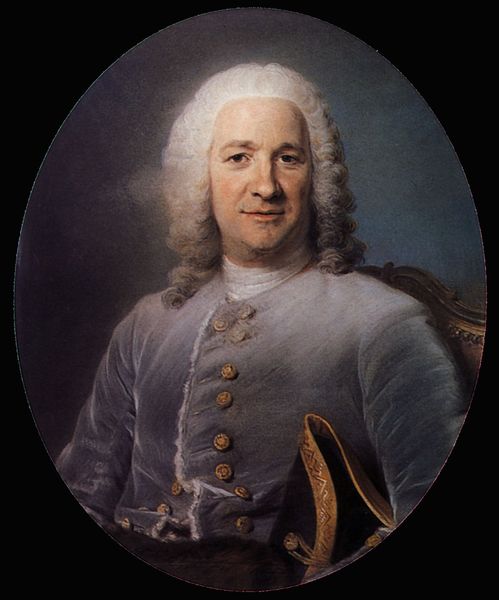
Preparation of the portrait of Joseph Amedee Victor Paris, son of John of Paris Montmartel
0:00
0:00
drawing, pastel
#
portrait
#
drawing
#
intimism
#
romanticism
#
pastel
#
rococo
Copyright: Public domain
Editor: Here we have a pastel drawing, "Preparation of the portrait of Joseph Amedee Victor Paris, son of John of Paris Montmartel," by Maurice Quentin de la Tour. I’m struck by the subject's knowing gaze, almost like a conspiratorial wink. What visual cues really define this portrait for you? Curator: Indeed. Beyond the aesthetic delight of Rococo and Romanticism, this artwork carries a compelling weight. Think about what it meant to portray someone in the context of pre-revolutionary France. The subject’s attire and powdered wig are clear symbols of status, yet they are rendered with a certain... intimacy. It avoids the grandiosity of official portraiture. Where might we find emotional cues in this subtle interplay? Editor: Maybe it's in the softness of the pastel, a kind of fragility that hints at the changing tides? And that slight smile, isn’t that unconventional for the time? Curator: Precisely! The medium itself – pastel – contributes to the impression of softness and accessibility, differentiating it from the oil portraits usually destined to monarchs. Also, the preparatory nature indicated in the title! The cultural memory preserved here, that fragile pre-revolution feeling, resonates so strongly with those minute details, doesn't it? It makes you wonder: how aware was de la Tour of the symbolic import, layering that intimacy onto the surface? Editor: It is a very loaded moment in time and portraiture. It is incredible how it captured the last glimpse before that all changed. Thank you for opening up so many potential pathways. Curator: It shows how cultural symbolism enriches historical analysis.
Comments
No comments
Be the first to comment and join the conversation on the ultimate creative platform.

